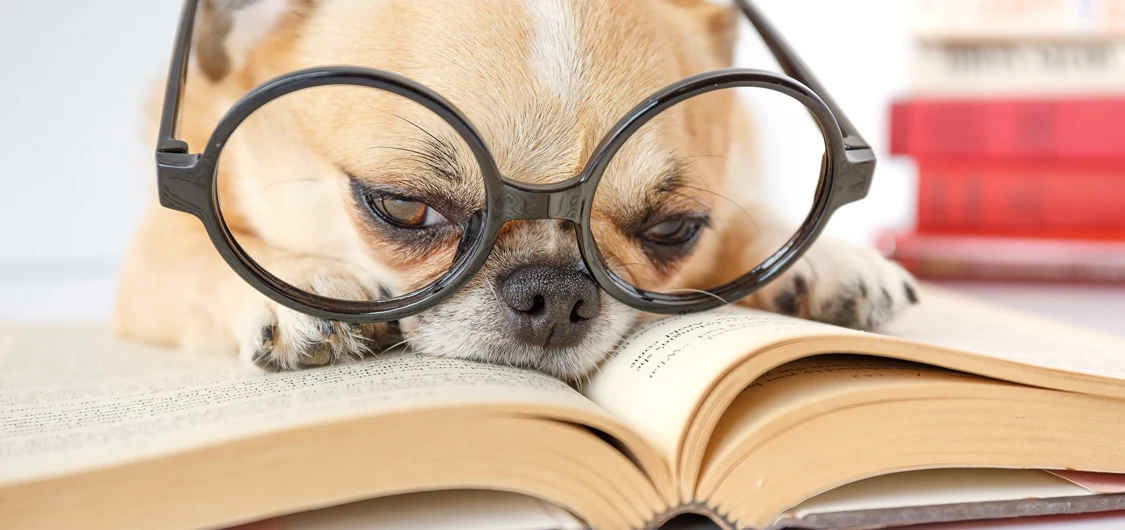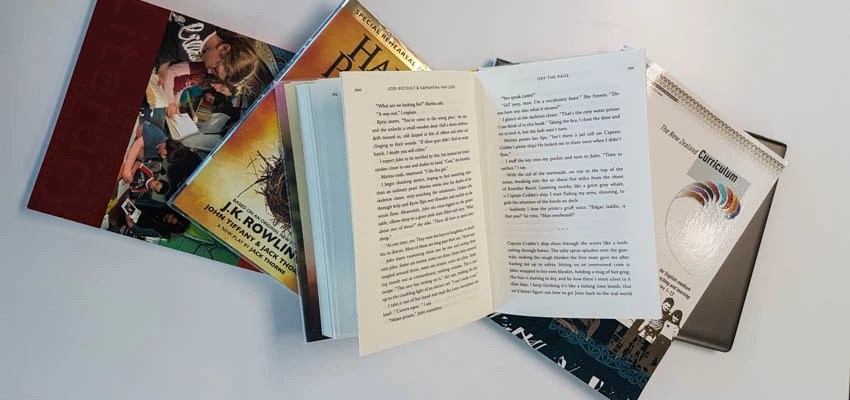Non-fiction

Non-fiction is a vast genre of informational writing. Non-fiction books come in many forms and formats, and are relevant to learning across the curriculum.
Why non-fiction?
Finely crafted nonfiction children’s books have the power to inform, inspire, and get kids fired up about learning. They feature stunning visuals, dynamic design, and rich language that captivate curious minds and invite children to think about topics in new and exciting ways.
Quite simply, these books are the perfect way to engage kids — of all ages.
— Melissa Stewart, Exploring a quandary: Kids love nonfiction, but adults assume they don’t
Great non-fiction writing engages students with reading. It helps them understand and master the different ways information is presented. It also develops background knowledge, comprehension, vocabulary and empathy.
Non-fiction often contains stories and people, too, and emotion and character. What matters is that the writer sucks the reader in and keeps him there. It’s about engagement … PS: If anyone ever suggests to you that non-fiction is less good at developing empathy, simply say four words: ‘Diary of Anne Frank?’
— Nicola Morgan, Non-fiction and empathy
Other benefits of non-fiction
It entices reluctant readers
There has been a renaissance in non-fiction publishing. Colourful and attractive designs, creative formats and visual supports entice and motivate reluctant readers.
Provides depth and breadth of information
Some children only read non-fiction and may read many books on a particular subject. Reading often grows as answers inspire curiosity and lead to new questions. This in turn entices readers to seek a broader range of reading material.
Challenges readers to read critically
Reading non-fiction opens up the world, building knowledge and cultural understanding.
It helps readers develop comprehension, questioning and summarising strategies.
It also helps develop their critical literacy when they are supported to:
evaluate the differences between fact and fiction, opinion and bias
compare and contrast sources of information to check their credibility and accuracy
recognise and avoid fake news and misinformation.
Students may need to be encouraged to read complex non-fiction material more slowly than they usually do on digital mediums. Immerse themselves, view the elements individually and as a whole.
The author of Reader, Come Home, Maryanne Wolf, suggests we need to develop readers who are ‘bi-literate’:
We need to cultivate a new kind of brain: a 'bi-literate' reading brain capable of the deepest forms of thought in either digital or traditional mediums. A great deal hangs on it: the ability of citizens in a vibrant democracy to try on other perspectives and discern truth; the capacity of our children and grandchildren to appreciate and create beauty; and the ability in ourselves to go beyond our present glut of information to reach the knowledge and wisdom necessary to sustain a good society.
— Skim reading is the new normal. The effect on society is profound
Types of non-fiction books
Non-fiction can include:
expositions
functional works
argumentative or opinion-based titles
biographies or memoirs
historical works
scientific or technical pieces of work.
Prolific non-fiction author Melissa Stewart identifies 5 groupings of non-fiction:
Traditional non-fiction — provides an overview of a topic with straightforward, expository language.
For example: About Habitats: Polar Regions by Cathryn Sill, illustrated by John Sill.Browsable non-fiction — these books have eye-catching designs and illustrations. They have clear, straightforward expository text that children can dip in and out of.
For example: 1000 Inventions and Discoveries by Roger Bridgman in association with the Science Museum.Expository non-fiction — explains, describes and informs.
For example: Now You Know How It Works: Pictures and Answers for the Curious Mind by Valorie Fisher.Active non-fiction — interactive engaging how-to books.
For example: Playing Rugby League with Benji Marshall by Benji Marshall, with Lynne McConnell.Narrative non-fiction (also known as creative non-fiction) — these books tell a story using the style of fiction.
For example: A New Dawn by Emeli Sione, illustrated by Darcy Solia.
Understanding — and teaching — the five kinds of nonfiction
Fiction versus non-fiction
Dan Kurland, lecturer and author, notes that newspaper articles are classed as non-fiction, even when fabricated:
The test is not whether the assertions are true. Nonfiction can make false assertions, and often does. The question is whether the assertions claim to describe reality, no matter how speculative the discussion may be.
— Fiction v. nonfiction
He also discusses the blurring between fiction and non-fiction. Something Geoff Dyer explores in the Guardian article: ‘Based on a true story’: The fine line between fact and fiction.
Using non-fiction in the classroom
Non-fiction books can be used in a variety of ways to engage students with reading and learning.
Reading non-fiction aloud
Reading non-fiction aloud to students of all ages is enjoyable. This allows you to point out concepts and facts and discuss how information in the book is organised. For example, a history teacher might read aloud from a primary source such as letters, journals and diary entries.
Inspiring and informing inquiry
Use non-fiction along with fiction and other resources to inspire curiosity and help students develop rich inquiry questions.
Understanding inquiry learning
Tools for primary source analysis — use our tools to help students analyse documents.
Pairing fiction and non-fiction
Pairing non-fiction with fiction helps students make connections. Some students may only read fiction or non-fiction. Pairing them engages them with new reading possibilities.
Some examples of book pairings include:
Ten nonfiction/eco-fiction pairings for readers by Nancy Castaldo — Nerdy Book Club.
Non-fiction and fiction book pairs for tweens and teens — YA Books and More.
Read better together: Pairing fiction and nonfiction in the high school classroom — We Are Teachers. Discusses ways you can use fiction and non-fiction to boost reading engagement.
Engaging readers with fiction/nonfiction pairings
Using non-fiction as mentor texts for writing
Use non-fiction to highlight different writing styles and elements of non-fiction. Examples include index and informational sources.
The joys of sharing expository nonfiction mentor texts with students — Stacey Shubitz, 2018.
Selecting non-fiction — what to consider
Author’s research and advice — research and expert advice are the bedrock of a successful information book. If the writer is not a subject expert, the book should at least acknowledge other authors' works and any experts they consulted.
Accuracy and comprehensiveness — accuracy is an important criterion for judging non-fiction books. A book that presents accurate, balanced and up-to-date information is an invaluable knowledge source.
Extra and supporting material — non-fiction books may also have supporting material to add value to the content. Examples include timelines, links (URLs) and bibliographies.
Literary style and tone — does the author’s writing style, tone and sense of humour bring the subject to life?
Design and format — non-fiction book design and layout play a crucial part in determining the reader's response. Is the layout and design appropriate to its target audience? Will it stimulate interest?
Illustrations and photographs — photographs or graphics in the text must be accurate and captioned. They must also add to, complement or explain the text in some way.
Satisfies and broadens curiosity — a good non-fiction book appeals to a student’s natural curiosity about a topic.
Books and reads — for kids and teens — use our Books and Reads tool to explore, find and share children’s and young adult (YA) books and reviews. Find reading communities.
Read our reviews of finalists for the Elsie Locke Award for non-fiction at the New Zealand Book Awards for Children and Young Adults (NZCYA): Posts about NZCYA awards finalists.
Find out more
10 ways to nurture and nourish nonfiction readers
Giving the gift of nonfiction — this School Library Journal article explores types of books that would be great to have at home.
Related content

Reluctant readers
Explore strategies to help reluctant readers become engaged readers — readers who want to read for the sheer joy of it.